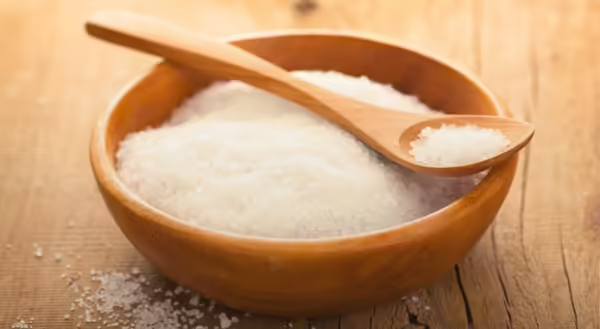
Salt is the most common ingredient in foods, which is probably why 90% of Americans consume more salt than the recommendation. This can be a problem as an excess of sodium can lead to high blood pressure, increasing the risk of heart disease and stroke. Those looking for lower sodium options often assume that sea salt is a “better for you” salt. According to the American Heart Association, 61% of survey respondents thought that sea salt is a lower sodium alternative to table salt. However, both salts contain approximately 40% sodium. The difference is that sea salt has larger granules, and therefore contains slightly less sodium by volume.
Table salt is produced by mining underground salt deposits. It’s then processed to remove other minerals and impurities and ground into a fine texture. Sea salt, on the other hand, is produced by the evaporation of saltwater. It’s minimally processed which means minerals, such as magnesium, calcium, potassium and iron remain, though they are only present in trace amounts. These minerals are present in various other foods so it’s not critical that we get them through salt. However, iodine is an essential nutrient, meaning our body cannot make it and therefore, we need to obtain it through food. Table salt has been fortified with iodine for many years, thus decreasing the number of people in the U.S. with iodine deficiency and goiters. Most sea salts, however, do not have iodine added. When it comes to which salt to choose, it depends on your taste buds, but if you don’t consume foods naturally present with iodine, such as dairy products and fish, you may not want to fully switch to a non-iodized salt.
Sources:
American Heart Association. Sea Salt vs Table Salt.
Centers for Disease Control and Prevention. Prevalence of Excess Sodium Intake in the United States — NHANES, 2009–2012.
About the Author
Jenna Smith is a Nutrition and Wellness Educator with University of Illinois Extension, serving Livingston, McLean, and Woodford Counties. Smith uses her experience as a registered dietitian nutritionist to deliver impactful information and cutting-edge programs to Livingston, McLean, and Woodford Counties and beyond.
